Government Support and Funding
Government initiatives and funding aimed at enhancing reproductive health services are significantly influencing the Hormonal Implants Market. Various countries have implemented policies to improve access to contraceptive methods, including hormonal implants, as part of broader public health strategies. For instance, funding for family planning programs has increased, facilitating the distribution and availability of hormonal implants in underserved areas. This support not only enhances accessibility but also encourages healthcare providers to offer these options to patients. Consequently, the Hormonal Implants Market is poised for growth as government backing fosters a more favorable environment for the adoption of hormonal contraceptives.
Rising Awareness of Family Planning
The increasing awareness regarding family planning is a pivotal driver for the Hormonal Implants Market. As more individuals and couples seek effective contraceptive methods, hormonal implants are gaining traction due to their long-term efficacy and convenience. According to recent data, the demand for long-acting reversible contraceptives, including hormonal implants, has surged, with a notable increase in adoption rates among women of reproductive age. This trend is further supported by educational campaigns and healthcare initiatives aimed at promoting reproductive health. As awareness continues to grow, it is likely that the Hormonal Implants Market will experience sustained growth, driven by a more informed population seeking reliable family planning solutions.
Shift Towards Preventive Healthcare
The ongoing shift towards preventive healthcare is a crucial driver for the Hormonal Implants Market. As healthcare systems increasingly emphasize preventive measures, hormonal implants are recognized for their role in preventing unintended pregnancies. This preventive approach aligns with broader health objectives, including reducing maternal and infant mortality rates. Data indicates that hormonal implants can significantly lower the incidence of unintended pregnancies, thereby contributing to improved health outcomes. As healthcare providers and patients alike prioritize preventive strategies, the Hormonal Implants Market is likely to benefit from this paradigm shift, leading to increased adoption of long-acting contraceptive methods.
Technological Innovations in Implant Design
Technological innovations in the design and formulation of hormonal implants are driving advancements within the Hormonal Implants Market. Recent developments have led to the creation of more effective and user-friendly implants, which enhance patient compliance and satisfaction. Innovations such as biodegradable materials and improved delivery systems are making hormonal implants more appealing to users. Furthermore, these advancements are supported by research indicating that newer formulations can provide extended efficacy and reduced side effects. As technology continues to evolve, the Hormonal Implants Market is expected to expand, attracting a broader demographic of users seeking reliable contraceptive options.
Cultural Shifts Towards Reproductive Autonomy
Cultural shifts towards reproductive autonomy are significantly impacting the Hormonal Implants Market. As societal norms evolve, there is a growing acceptance of women's rights to make informed choices regarding their reproductive health. This cultural transformation is fostering an environment where hormonal implants are increasingly viewed as a viable option for family planning. Data suggests that regions with progressive attitudes towards women's health are witnessing higher adoption rates of hormonal implants. As these cultural shifts continue to gain momentum, the Hormonal Implants Market is likely to experience growth, driven by a population that values reproductive autonomy and effective contraceptive solutions.
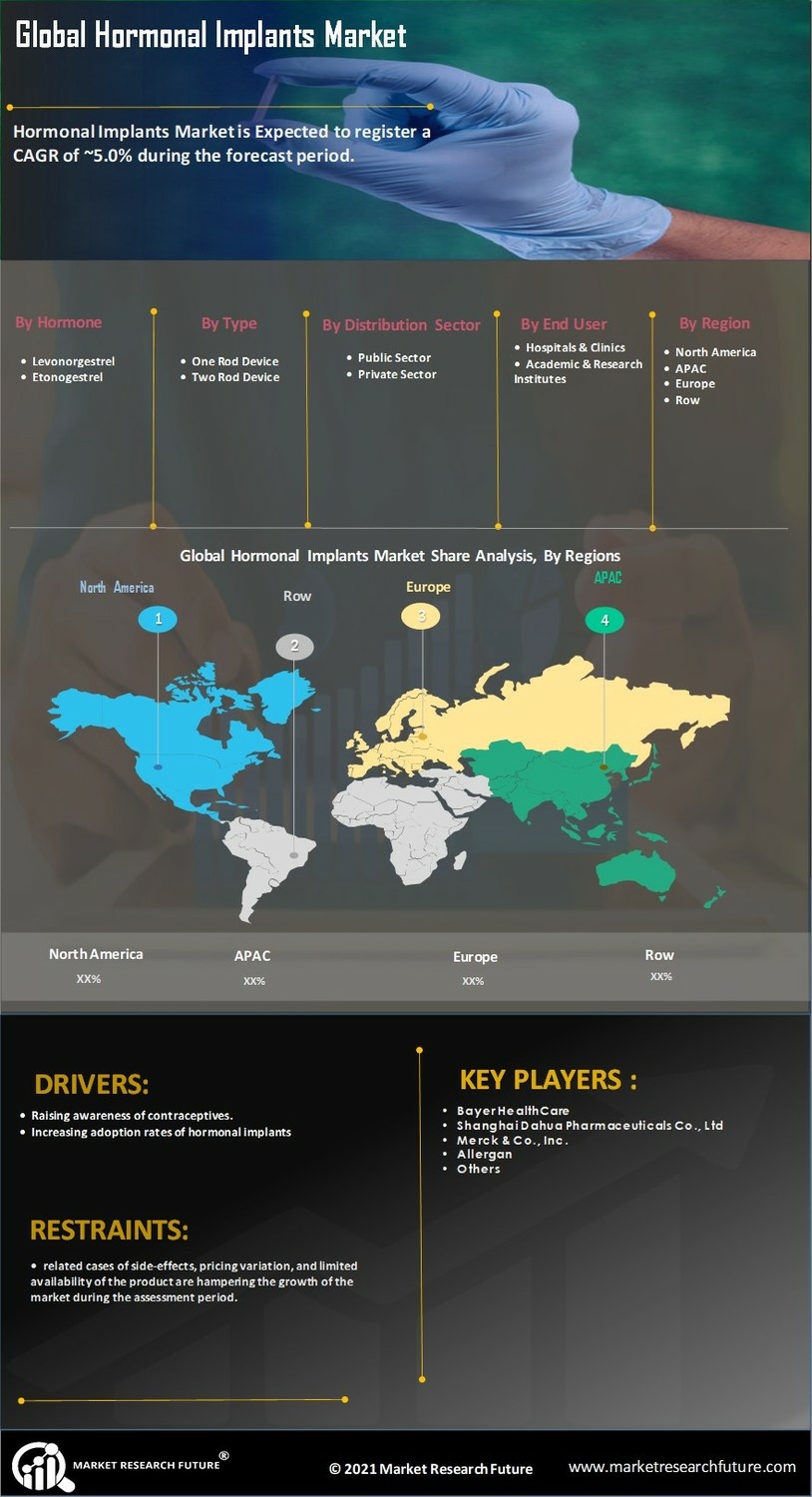

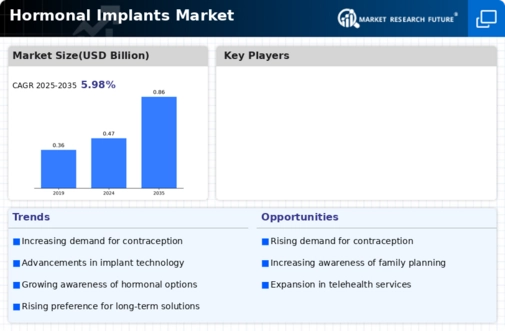
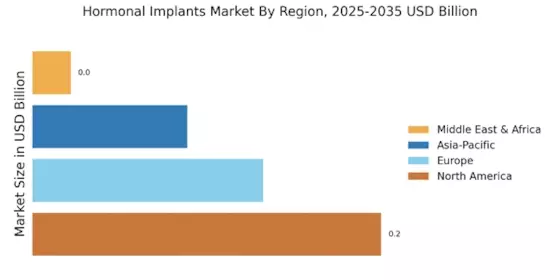

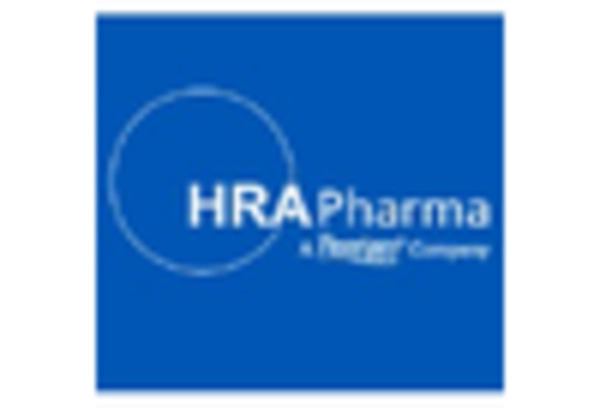



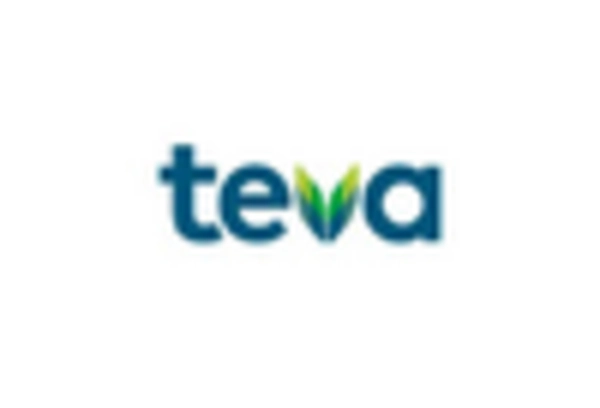








Leave a Comment